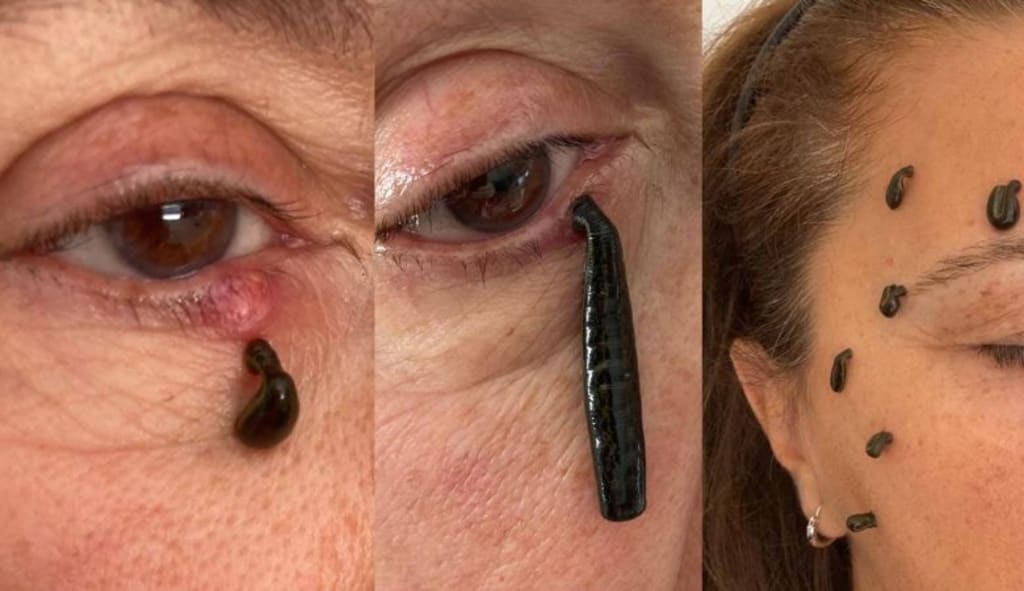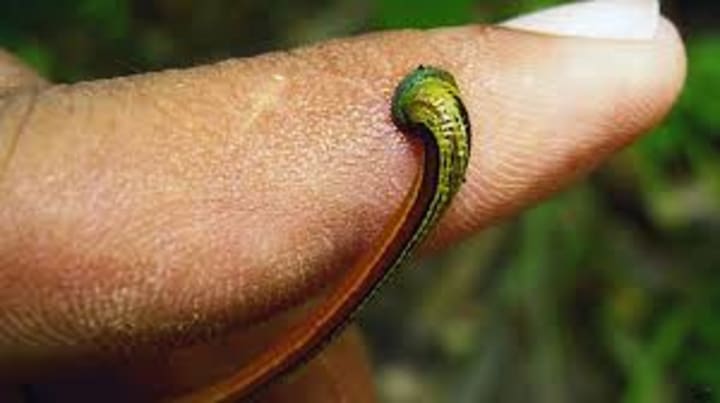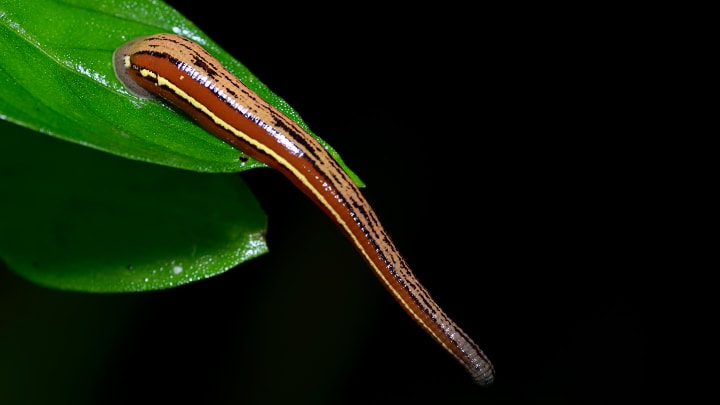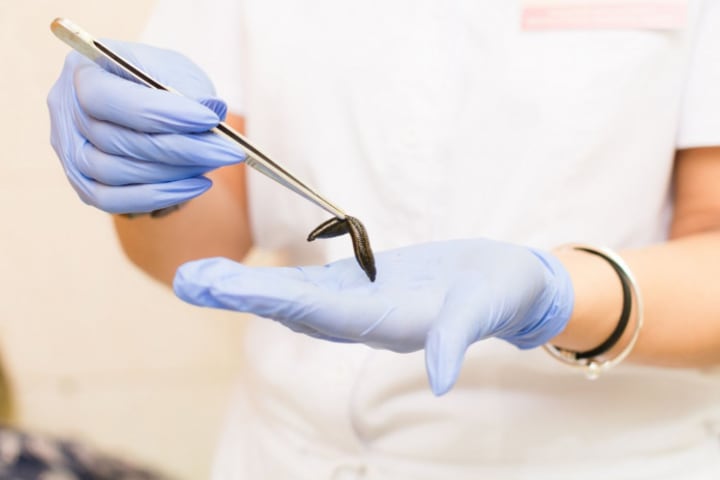Leeches and Their Surprising Benefits
Leeches are beneficial organisms Contribution of leeches to morphology

the leech. These little bloodsuckers, with their slimy appearance and reputation for being nuisances, were, in fact, creatures that provided numerous benefits to the ecosystem and even to humans.
The tale of the leeches begins with their remarkable adaptation to life in the wild. These fascinating creatures, belonging to the annelid family Hirudinea, have been around for millions of years, evolving and thriving in various aquatic environments across the globe. They come in different shapes, sizes, and colors, but all share one common trait—a penchant for blood.
Leeches have a highly specialized anatomy that makes them formidable predators in the underwater world. Their bodies are elongated, segmented, and covered in a slimy layer that helps them move gracefully through water. Their most famous feature, the sucker at each end of their body, is what gives them their extraordinary abilities. One end, the anterior sucker, is used for attachment to their hosts, while the posterior sucker helps them swim gracefully through water.
Now, let's delve into the often-overlooked benefits of these remarkable creatures.
Medical Marvels:

Leeches have been utilized for medicinal purposes for centuries. The practice of leech therapy, known as hirudotherapy, dates back to ancient Egypt and Greece. This therapy involves the controlled application of leeches to a patient's skin. When a leech bites, it releases a cocktail of enzymes and anticoagulants that prevents the blood from clotting. This process can be incredibly useful for various medical conditions.
In modern medicine, leeches have made a remarkable comeback. They are used in microsurgery, particularly in procedures involving reattachment of severed limbs or digits. The leeches' saliva helps to maintain blood flow to the reattached tissues, promoting healing. They are also employed in the treatment of conditions like venous congestion and hematoma resolution. These small creatures play a crucial role in aiding surgeons and saving patients' limbs.
Ecological Engineers:

In their natural habitats, leeches act as ecological engineers. They play a vital role in maintaining the balance of aquatic ecosystems. Their diet primarily consists of invertebrates, such as snails and insects, and sometimes small fish. By preying on these creatures, leeches help regulate their populations, preventing outbreaks that could disrupt the ecosystem's equilibrium.
Furthermore, leeches contribute to nutrient cycling in aquatic ecosystems. When they feed on their prey, they release nutrients back into the water in the form of excreted waste. These nutrients can be absorbed by aquatic plants, algae, and microorganisms, ultimately benefiting the entire food web.
Nature's Cleaners:

Leeches possess a unique ability to consume and process organic material. They are nature's cleaners, helping to remove dead and decaying organic matter from water bodies. This vital service contributes to maintaining water quality, preventing the buildup of harmful bacteria and algae that can lead to water pollution and oxygen depletion.
Their role as detritivores, organisms that feed on dead and decomposing matter, helps maintain the overall health and vitality of aquatic ecosystems. By consuming decaying vegetation and animal remains, leeches help recycle nutrients and ensure that water bodies remain suitable habitats for a diverse range of aquatic life.
Indicator Species:

Leeches are sensitive to changes in their environment, particularly water quality. Their presence or absence can serve as an indicator of the overall health of a water body. If leech populations decline, it may signal a disturbance in the ecosystem, such as pollution or habitat degradation.
Scientists and environmentalists often use leeches as bioindicators to monitor water quality and the effects of human activities on aquatic ecosystems. By studying leech populations, they can gain valuable insights into the health and integrity of freshwater habitats and take appropriate conservation measures.
Natural Allies in Pest Control

In rice paddies and wetland ecosystems, leeches can play a crucial role in pest control. Many species of leeches prey on the larvae and eggs of insects and other invertebrates that can harm crops. By reducing the populations of agricultural pests, leeches contribute to sustainable farming practices and reduce the need for chemical pesticides.
Research Inspiration:

Leeches have intrigued scientists and researchers for centuries. Their unique biology, including their complex nervous system, circulatory system, and ability to regenerate lost body parts, has inspired numerous studies. By studying leeches, scientists have gained insights into fundamental biological processes and have even drawn parallels between leech biology and potential medical applications.
For instance, the study of leeches has provided insights into neurobiology and neurophysiology. Their relatively simple nervous system





Comments
There are no comments for this story
Be the first to respond and start the conversation.